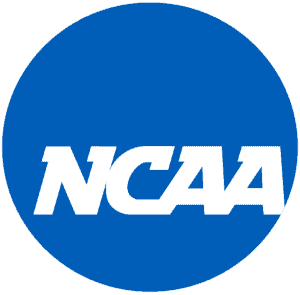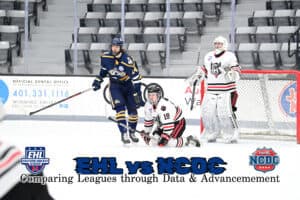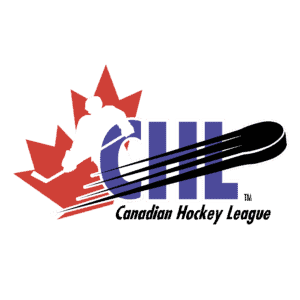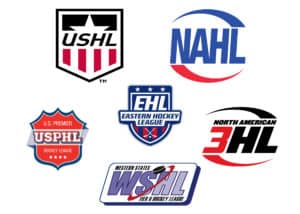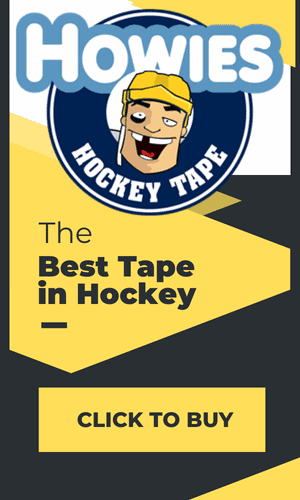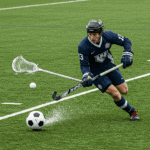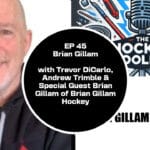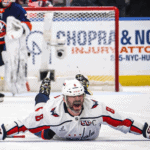Forty-four.
That’s the number of additional Junior roster spots available in the United States, as of today, compared to the 2018-19 season.
That’s assuming we’re talking about the United States Hockey League (USHL), North American Hockey League (NAHL), National Collegiate Development Conference (NCDC), Eastern Hockey League (EHL), North American 3 Hockey League (NA3HL), United States Premier Hockey League (USPHL) and the Western States Hockey League (WSHL).
Any cagey veteran of Junior hockey also knows that the likelihood of at least one more team folding, now that Labor Day Weekend has come and gone, is fairly high, which will result in a likely reduction in Junior spots available for 2019-20.
Each year, both inside the “industry” of Junior hockey, where coaches, owners and league staff reside, and outside the industry, where players, parents and interested observers reside, there is much lamenting about over-expansion. All the lamenting has never been fact-based — until now as The Junior Hockey Podcast brings data and research into the discussion.
There is a difference between franchises moving from one geographic area to another, and/or changing ownership groups because of a bad stretch of years on the ice and at the bank, and leagues expanding. The former speaks to having some weak ownership and hockey groups, the latter speaks to actually growing a league, meaning adding new franchises without losing franchises.
The bottom line is the number of Junior spots is fairly stagnant for the past eight years, and down considerably since the peak of 2005-06. The annual lamenting is not based in fact, rather a Utopian ideal that has never existed.
Looking at the chart to the left you can see a comprehensive, 30-year examination of Junior hockey data. The numbers don’t always tell the whole story, but many of the current lamenters were not around for much of the past 30 years and haven’t lived the story of Junior hockey during those three decades.
One thing to note, in 2006-07 USA Hockey changed the way it tracked data resulting in a Junior team count vs. a Junior Registry player count prior to 2006-07. So the data isn’t necessarily apples to apples as you can see the drop from 7851 total Junior players in 2005-06 to 3938 players in 2006-07. No doubt there weren’t 4000 fewer players in a one-year span, but there was a significant drop as the Junior Council started to take the proliferation of Junior hockey seriously.
At one point in the early 2000s there were a handful of 13-year-olds registered and competing for Junior hockey teams, in addition to 14- and 15-year-olds. Fast forward to today, where you can apply for a waiver for a 15-year-old to play Juniors, to the best of our knowledge none of those waivers have been granted since 2013 which was the second year of that process.
As you can see, Junior spots started to increase again through the 2015-16 season but that was the post-2007 peak and numbers are down from that point over the last four seasons. So the “over expansion” cries, at least since 2015-16, are not based in fact. And are completely irrelevant compared to the explosive growth of Junior hockey from 1997-2006.
Next is the fact that hockey participation has grown steadily over the last 30 years within USA Hockey. Some of the increase in the past few years is due to USAH’s commitment to rounding up as many adult leagues as possible, but keep in mind it also lost numbers after the demise of USA Inline Hockey. As tight as the data can be, this shows the overall percentage of Junior players inside USA Hockey is at its lowest point in the 30 years of published data. Yes, we understand we’re putting non-USA Hockey Junior numbers into USA Hockey overall numbers, but whether the WSHL and USPHL are inside USAH or outside USAH, the data still makes sense as new hockey players are not created at age 18 — they follow a path up to Juniors, mostly through USA Hockey youth ranks. They are counted as 10-year-olds in the data so we’re attempting to keep the net cast the same width all the way through.
There are two conclusions to this data: First, starting and maintaining a Junior hockey organization is not easy. If it were easy, everybody would be doing it. I did it from 2006-07 until 2011-12 and the reality is Tier III hockey changed so much during that time that I was priced out of the market, meaning I would have had to purchase a facility or move the organization to a facility where it had more access to amenities and the ability for me to spend even more capital making improvements to a building. Trust my non-empirical-data opinion that Tier III players have FAR superior environments in which to train and play as they did 10 years ago, and certainly 20 years ago. My key would be to hire a good coach — and that’s not easy because a lot of good coaches move up the ranks. Finding a coach who doesn’t mind staying in the same market and has a knack for recruiting and securing kids who can both play and pay is a unique talent in the hockey world. Many former professional players have failed miserably at the Tier III player procurement system, without which the business fails.
The second conclusion is that Junior hockey, like any other marketplace, has a saturation point at which it cannot continue to grow. That point will ebb and flow slightly as players decide to concentrate on their high school and prep teams, join16U and 18U teams, and then back to an emphasis on Juniors, but Juniors is the only place where 19- and 20-year-olds are still playing with the college or pro hockey goal in mind. There are only so many 16-20-year-old players with the ability AND desire to keep going down this path. But that saturation point cannot be artificially lowered, and the lamenting about over saturation is just that — lamenting without purpose.
Solid incoming owners will displace bad owners each year. Some bad owners will hang on and lose money, others will get out as fast as possible and still, others will make a concerted effort to double down and regain their former success. That’s why competition is a good thing and shouldn’t be squelched. If a national governing body or a league tried to artificially manipulate the market for Junior hockey it would end poorly for the NGB or league. Good operators in … bad operators out.

